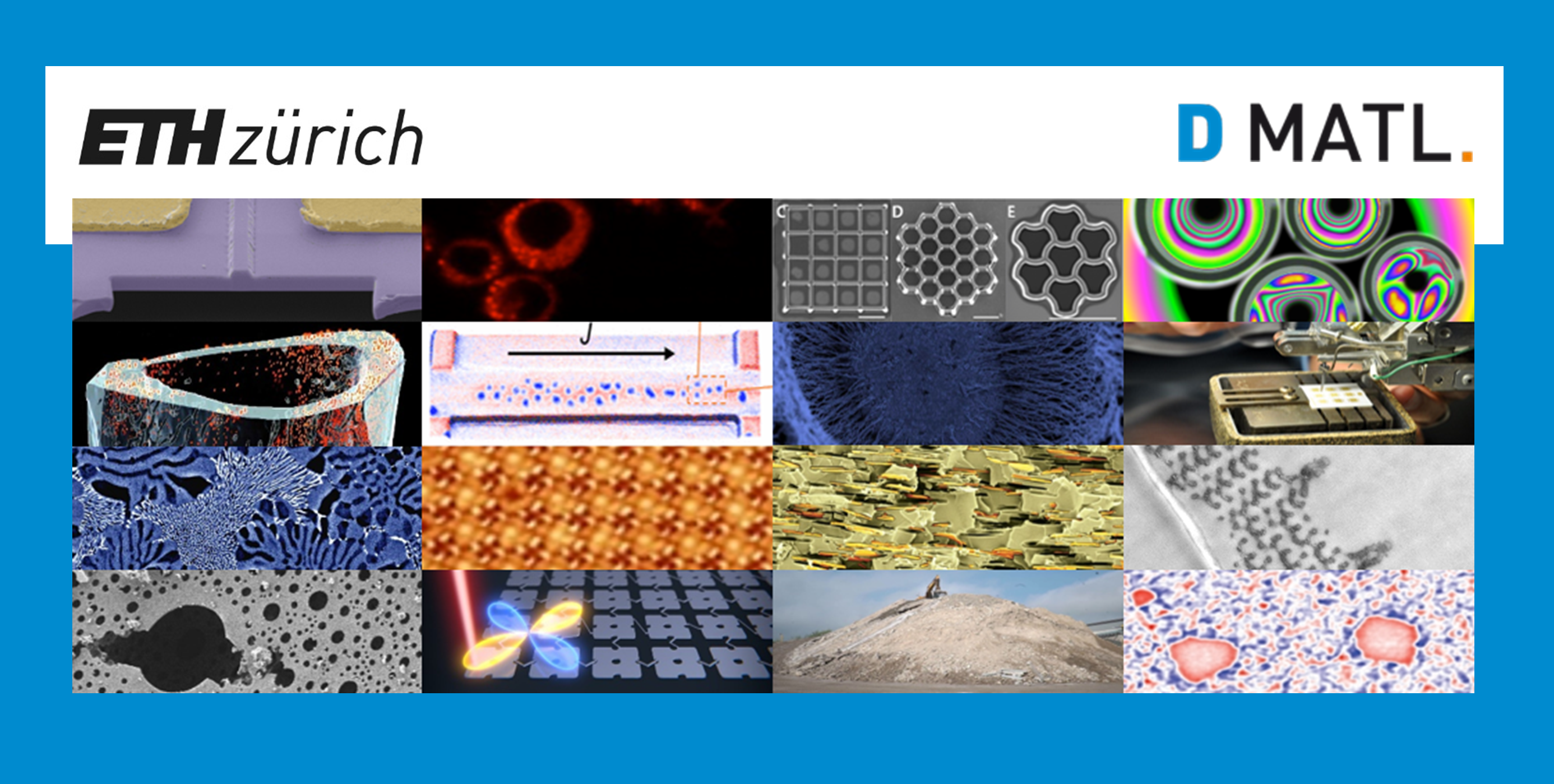Rachel Grange (D-PHYS)
Nonlinear optics is present in our daily life with many applications, e.g. light sources for microsurgery or green laser pointer. All of them use bulk materials such as glass fibres or crystals. Generating nonlinear effects from materials at the nanoscale can expand the applications to biology as imaging markers or sensors, and to optoelectronic integrated devices. However, nonlinear signals scale with the volume of a material. Therefore, finding nanostructured materials with high nonlinearities to avoid using high power and large interaction length is challenging. Here I will show several strategies to maximize nonlinear optical signals in nano-oxides with noncentrosymmetric crystalline structure and semiconductors. I will demonstrate how we enhance second-harmonic generation (SHG) by using the scattering properties of individual barium titanate (BaTiO3) nanoparticles, and AlGaAs standing nanodisks. Our results suggest that a strong increase of the SHG signal can be obtained without using plasmonics or hybrid nanostructures.
Then, I will present innovative fabrication approaches of metal-oxides materials that are very different from standard semiconductors or metals. First, solution-processing of nano-oxides may solve, at the same time, the low nonlinear signal and the low throughput of photonic crystal cavity fabrication to obtain cost-effective disposable devices. Our recent results show that the easy fabrication of nonlinear 3D woodpile photonic crystal is possible with solutions of BaTiO3 nanoparticles. Besides chemically synthesized nanostructures, we developed lithography processes to obtain lithium niobate (LiNbO3) nanowaveguides, or BaTiO3 metasurfaces.
